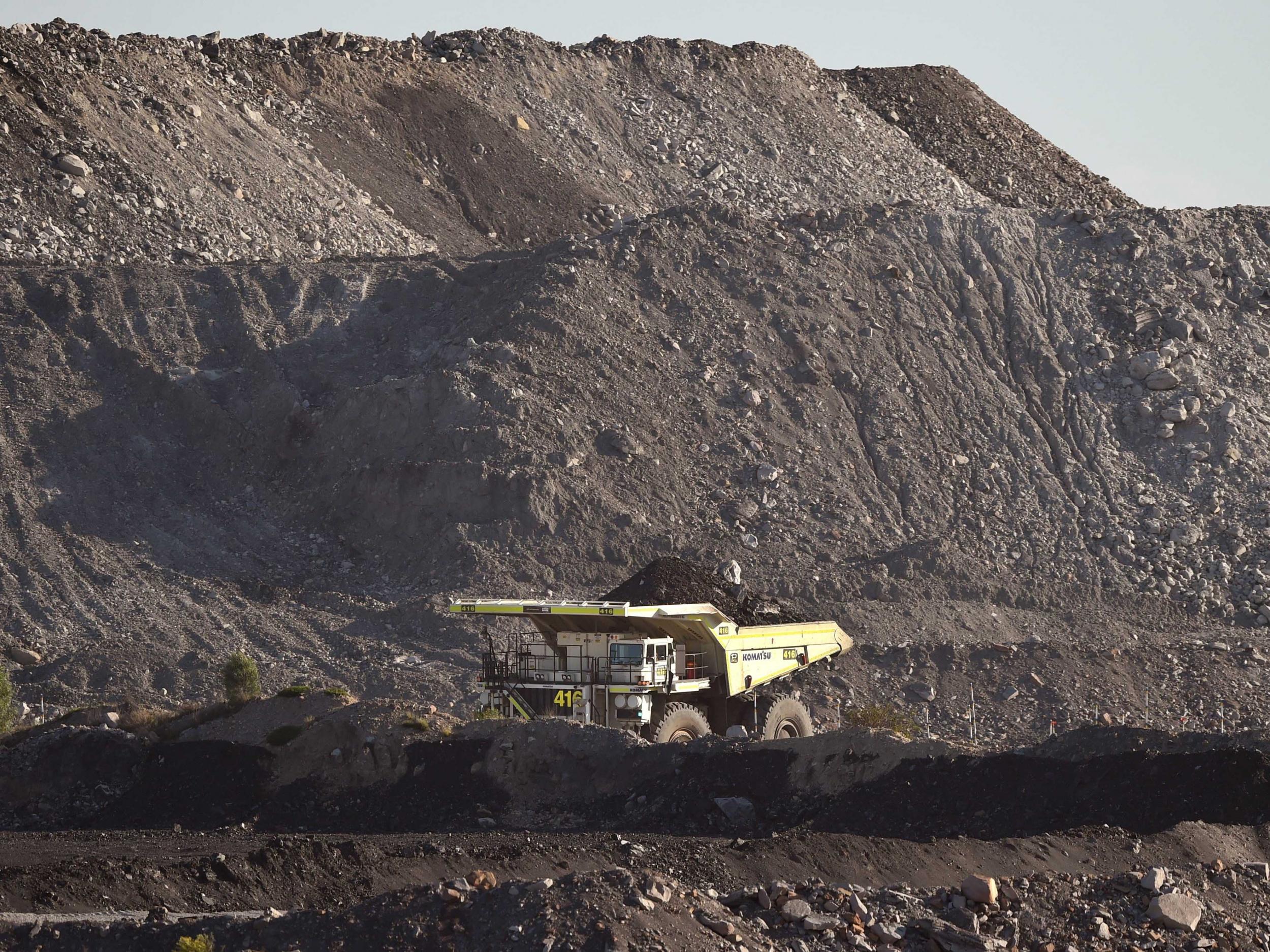Atmospheric CO2 in 2021 will reach level 50% higher than before industrial era, says Met Office
Grim milestone to come as humans continue to drive emissions through burning fossil fuels and deforestation

Your support helps us to tell the story
From reproductive rights to climate change to Big Tech, The Independent is on the ground when the story is developing. Whether it's investigating the financials of Elon Musk's pro-Trump PAC or producing our latest documentary, 'The A Word', which shines a light on the American women fighting for reproductive rights, we know how important it is to parse out the facts from the messaging.
At such a critical moment in US history, we need reporters on the ground. Your donation allows us to keep sending journalists to speak to both sides of the story.
The Independent is trusted by Americans across the entire political spectrum. And unlike many other quality news outlets, we choose not to lock Americans out of our reporting and analysis with paywalls. We believe quality journalism should be available to everyone, paid for by those who can afford it.
Your support makes all the difference.Atmospheric CO2 will hit a level this year that is 50 per cent higher than before the start of the industrial revolution, the Met Office has forecast.
The grim milestone will come as humans continue to drive emissions through fossil fuel burning and deforestation, scientists say.
The Met Office forecasts that CO2 levels in the atmosphere will exceed 417 parts per million (ppm) for several weeks from April to June at the Mauna Loa Observatory in Hawaii this year.
This is 50 per cent higher than CO2 levels in the late 18th century, when the industrial era began. At this time, CO2 levels in the atmosphere were about 278 ppm, according to the Met Office.
Prof Richard Betts, who leads the Met Office’s annual CO2 forecast, told The Independent: “CO2 levels did touch above [417 ppm] at Mauna Loa for a few individual days last year but this is the first time they’ll do it for a few weeks.
“It wasn’t until 1986 that CO2 levels were around 25 per cent higher, compared to the pre-industrial. So that took about 200 years to happen. And now we’ve done the next 25 per cent in a little over 30 years. That shows how much the CO2 rise is accelerating.”
Exceeding 417ppm this year will not drive any sudden physical changes to the Earth’s climate, but it does hold symbolic significance, he added.
“It’s iconic because it shows how much we have actually altered the composition of the atmosphere through human action,” said Prof Betts.
“We’re still going in the wrong direction. It’s hard to put a precise number on what CO2 concentrations need to stop at in order to stay at 1.5C of warming, but it’s between 425 and 470ppm roughly. So CO2 needs to stop accelerating if we are to bring global warming to a halt.”
Limiting global warming to 1.5C above pre-industrial levels is the aspirational target set by countries under the Paris Agreement.
The release of emissions by humans is causing CO2 to build up in the atmosphere over time. Each year, CO2 concentrations rise until reaching a peak around May before dipping slightly. The drop after May follows the start of the plant-growing season in the northern hemisphere, which causes some CO2 to be soaked up from the atmosphere.
This dip is short-lived, however, and CO2 concentrations typically begin rising again in September. This seasonal cycle produces the zig-zagging pattern seen on the chart above.
When considering 2021 as a whole, the Met Office projects that average CO2 concentrations will be some 2.29 ppm higher at the Mauna Loa Observatory in Hawaii than in 2020. (The Mauna Loa Observatory in Hawaii is the site of the longest-running continuous record of atmospheric CO2 concentrations, which started in 1958.)
The projected annual rise is slightly smaller than what has been seen in recent years. This is because 2021 is a La Niña year, said Prof Betts.
La Niña is a periodic natural phenomenon that affects weather around the world. La Niña conditions can boost the growth of tropical forests, which will lead to more CO2 being absorbed from the atmosphere, he explained.
“La Niña changes weather patterns around the world, especially in the tropics where you’ll get slightly colder and wetter conditions. These conditions tend to enhance ecosystem growth and, so, the take up of CO2.
“This will make the rise slightly slower this year, but it will not stop the rise from happening.”

Join our commenting forum
Join thought-provoking conversations, follow other Independent readers and see their replies
Comments